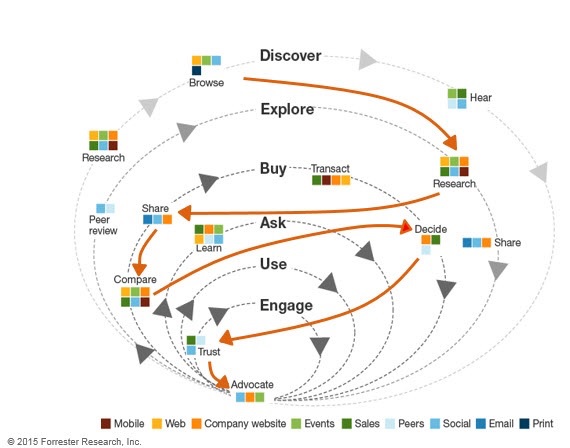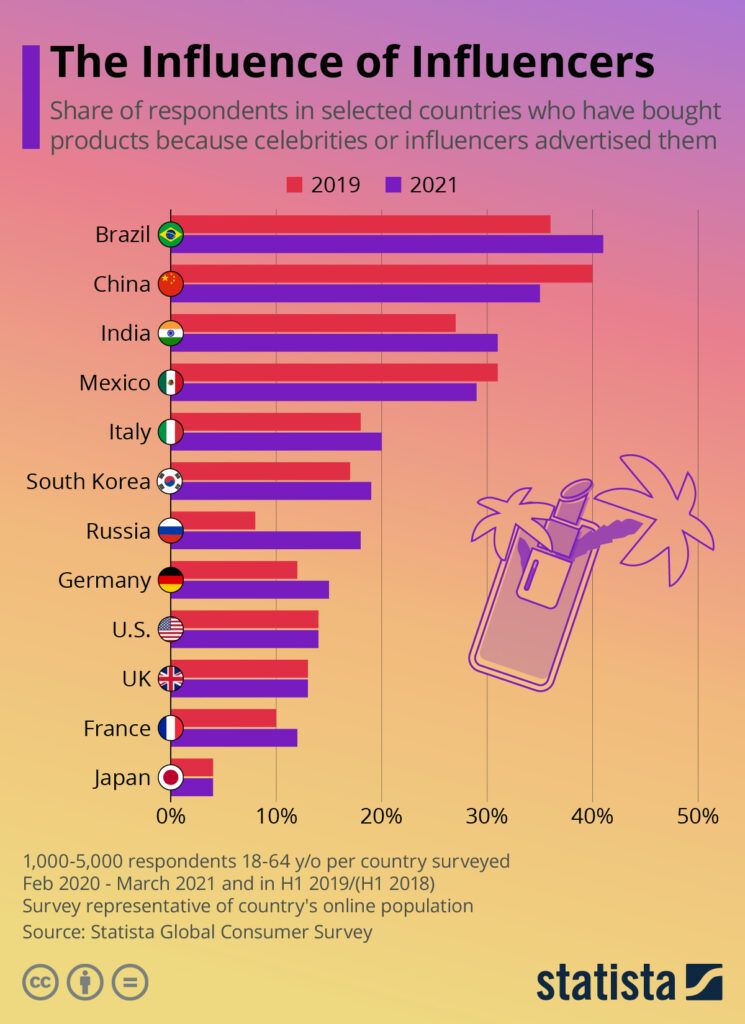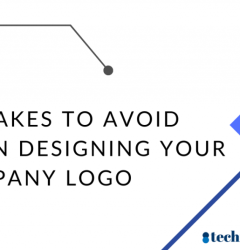02 Oct

Digital Marketing Trends: The New VS the Tried
In a shifting, dynamic digital marketing landscape, trends come and go all the time. Some find immediate success and become mainstays; some evolve into viability over trial and error; some simply fizzle out. So, you may be rightfully wondering which digital marketing trends are worth your time. Well, nobody can truly foresee the future, but there’s ample data to make safe predictions and informed decisions. Therefore, let us explore the new and the tried and true, along with the ones you should steer clear of.

Digital marketing trends: the extremes to avoid
Starting with the latter, let us briefly delve into some practices you should skip with little thought. These trends to avoid come and go, but somehow persist in one form or another.
#1 Over- or underusing SEO
Search Engine Optimization (SEO), as we’ll cover below, is a tried and true digital marketing practice. It enhances online visibility and thus spearheads lead generation and acquisition practices. Here, there are two extremes:
- Overusing SEO. This extreme sees businesses over-optimize content, to the point where they’re effectively writing for the algorithm rather than for humans. Google strives to provide quality results, and its people continuously urge marketers to “deliver value” – so this extreme very rarely pays off.
- Underusing SEO. The other extreme lies in neglecting SEO, due to budgeting or other concerns. This, too, while understandable, is an ill-advised trend; from link building to image optimization, SEO is pivotal to modern marketing.
Finding that golden balance is, of course, crucial because the buyer’s journey has become wildly erratic, as Forrester finds:

#2 Over- or underusing social media
Similarly, social media marketing remains a tried and true digital marketing trend. Statista forecasts that there will be 4.41 billion social network users worldwide by 2025, and social media marketing will continue to offer an excellent way to tap into new, vast audiences. However, it too sees two extremes to be avoided:
- Overusing social media. In an effort to secure engagement, some social media marketers overdo it with promotional outreach – to detrimental effect. Data from SproutSocial affirms this, as over-promotion and excessive posting are among the primary reasons social media users unfollow brands.
- Underusing social media. The other extreme lies in underusing social media, thus halting one’s own progress. Social media marketing doesn’t simply offer access to audiences; it demonstrably alters their buying decisions. It’s thus unwise to embrace this trend, no matter the underlying reason.
#3 Unduly conflating SEO with social media
Finally, it’s extremely common to conflate SEO with social media. You might have heard, for example, that social media signals enhance SEO. Certainly, some marketers have correctly identified that content that ranks well on Google also gets social media shares. Here, however, it is crucial to remember that correlation does not equal causation. That is, quality content does not rank well because it gets shares, or vice-versa. Rather, it ranks well and gets shares because it offers quality.
To back up this claim, let us cite Google’s John Mueller, who definitively claims the same: “Social media shares of a page and other social “applause” metrics simply don’t play into ranking”. Thus, the two can certainly denote overall success. However, conflating them will provide neither an accurate picture of your content’s effectiveness nor an actionable way forward.
Digital marketing trends: the tried and true
Having covered the above, let us now delve into tried and true digital marketing trends. These have seen evolutions over time, but remain effective because of their robust foundations.
#1 Search Engine Optimization (SEO)
Starting with the aforementioned SEO, SEO remains at the forefront of modern inbound marketing. It has demonstrated, time and time again, its effectiveness at its explicit goal of optimizing content for search engines. In turn, it now encompasses or facilitates such lucrative practices as:
- Content marketing. As Forbes notes, SEO and content marketing go hand in hand. The two can certainly function independently, but it is SEO that can best “fuel” content marketing today.
- Image optimization. Similarly, SEO’s image optimizations may secure images’ ranks in Google image searches. Google notes that image searches continue to grow, so this offers additional online visibility for marketers.
- Landing page optimization. Finally, after attracting prospects, SEO seeks to nudge them along their buyer journey through relevant content. This is, in part, achieved through Landing Page Optimization (LPO), including such factors as CTAs, keywords, and images.
#2 Social media marketing
On the subject of the buyer’s journey, social media marketing also remains a potent practice. WeAreSocial and Hootsuite found there are 4.2 billion social media users – over 50% of the world’s population. What’s more, such audiences are typically more engaged with brands, increasing the chances for successful conversions and long-term brand loyalty. In turn, social media marketing espouses such forms of marketing as:
- Cause marketing. Initially, modern audiences increasingly embrace social causes. In fact, the Edelman Trust Barometer finds that ethical drivers are 3 times as valuable as perceived competence.
- Video marketing. Similarly, video marketing perfectly encapsulates the visual storytelling that drives social media platforms’ success. SearchEngineJournal notes the higher demand for video, which in turn has video marketing seep into email marketing as well.
- Influencer marketing. Finally, as modern audiences generally denounce hard-sell marketing, influencer marketing offers an authenticity-driven alternative. In fact, Statista finds that the global influencer market has doubled between 2019 and 2021.
Still, Statista also finds topical variations in influencer marketing efficiency, which is noteworthy in itself:

#3 Email marketing
Having mentioned it, let us conclude tried and true digital marketing trends with email marketing. Email marketing may be among the most famous digital marketing mainstays, and for good reason. Lyfemarketing finds that it has a Return on Investment (ROI) of 122%, far exceeding all other digital marketing channels. That said, email marketing belongs to both inbound and outbound strategies, depending on their form. Still, both can be extremely effective.
- Cold emails. Cold email blasts entail emailing recipients who haven’t signed up for them. This outbound practice may not be as popular today, but it still yields results – the way it did, for example, for Justin McGill, the founder of LeadFuze.
- Warm emails. In contrast, warm emails address recipients who have chosen to receive them. In turn, such emails can be highly personalized for enhanced effectiveness. Consider behavioral targeting, for example, and other forms of copy, tone, and timing optimizations that such software as Customer Relationship Management (CRM) can facilitate.
Digital marketing trends: the new
Moving on to the new trends worth your attention, there are ample examples of how technology has changed shopping. In turn, new marketing practices emerge out of said technologies, in many cases augmenting existing ones.
#1 Artificial Intelligence and chatbots
AI may be among the most commonly cited emerging technologies, so let us begin with it. AI now informs web design, powers analytics, and so much more. It is, of course, not without its flaws, but it remains an innovative technology to keep an eye on. So, among other practices, consider the following examples of AI’s promising applications:
- Chatbots are now far from a novel practice, but they’re only now beginning to gain notable prominence. In fact, Statista notes they’re now becoming a more appealing option for customers.
- Next, AI continues to fuel analytics through Big Data, taking the lead where human capabilities don’t suffice. Here, Vbout reports that predictive analytics see a 23.2% year-over-year growth.
- Email marketing. Finally, the same article notes, citing Statista, that AI now effectively fuels email marketing as well. Benefits include higher open rates and click-through rates, thus translating into as much as a 41.3% improvement in revenue.
#2 Virtual and Augmented Reality
Another oft-cited, futuristic pair of technologies is VR and AR. These technologies, albeit still not fully matured, continue to see use across industries and for different purposes. Examples include museums enhancing their visitors’ experience, the US army enhancing troops’ spatial awareness, and more. In terms of marketing specifically, consider 3 notable examples of successful applications:
- In 2016, OnePlus launched The Loop, a VR experience video. This yielded an incredible conversion rate of 30%, which far outdid its traditional contemporaries.
- Alibaba launched Taobao Buy, an “AR infused shopping experience, in 2018. This initiative saw similar success, as shoppers enjoyed unparalleled convenience.
- Along similar lines, Audi launched VR technology in dealerships in 2017. This unique experience yielded more engagement from potential buyers, securing more conversions than traditional vehicle demonstrations.
For another notable example, The North Face has also seen tremendous success with VR marketing, as the following video showcases:
https://www.youtube.com/watch?v=FSfkE4emoBE
#3 In-email purchases
Finally, let us conclude with a soon-to-be digital marketing trend; in-email purchases. TechnologyTherapy cites Tom Klein, CEO of MailChimp, predicting that “this feature may actually be made available in the near, not far, future”. Following the trend of persisting social commerce, this practice seeks to augment the already extremely efficient practice of email marketing. It does so 2 in arguably very logical, grounded ways:
- Convenience. The above article correctly echoes research that cites convenience as a crucial factor behind purchasing decisions. In this regard, skipping additional navigation to product pages will considerably shorten the process, offering unprecedented convenience.
- Speed. In turn, in-email purchases will offer unmatched convenience, reducing transaction times to a minimum. Consider cart abandonment rates, for example; Geckoboard quantifies them as between 68.81 and 74.52%. An even shorter checkout process should arguably tackle this ever-present hindrance.
So, this emerging trend will very likely warrant the attention of email marketers in the near future.
Conclusion
To summarize, there is an abundance of digital marketing trends to observe in the debate of new vs. tried and true. SEO will likely reign supreme, as will social media marketing – especially with the support of AI. However, striking a golden balance regarding both will be crucial. Similarly, email marketing remains extremely lucrative, but emerging practices like in-email purchases only offer to enhance it further. Finally, as visual marketing remains effective, video marketing will continue to expand into VR/AR territory, evolving over time. Thus, the new will likely not dethrone the mainstays, but harmoniously synergize with them to pave the way forward.
About the author
Samantha Anderson is a freelance copywriter and aspiring web developer. She is passionate about all things marketing, from SEO to social media and PPC.




















Find Us On